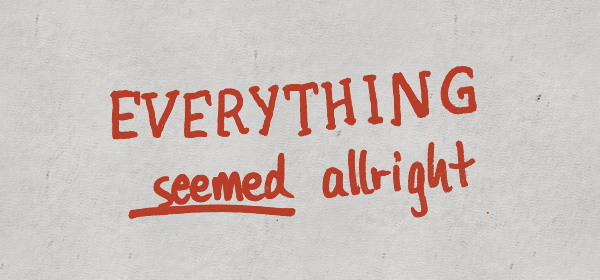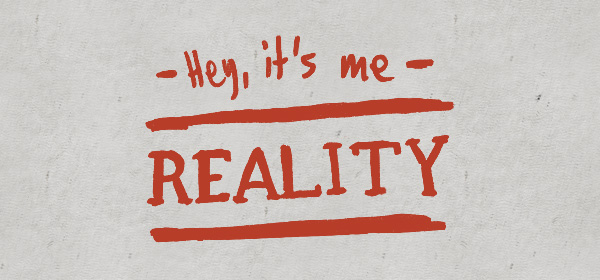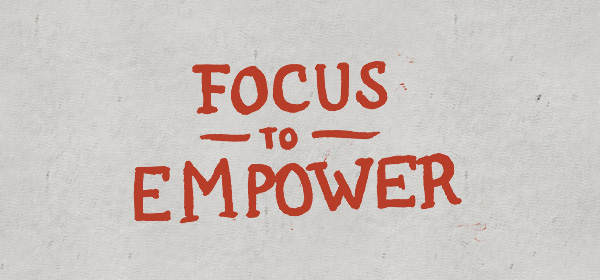Learn To Shift Perspective From Your Mistakes
In the last article, I touched on points how to use a briefing as a starting point for a discovery process. I talked also about how to use it as a tool in your process.
This week I want to tell you a story about a project that became a great learning opportunity for me – and hopefully is for you.

How a successful project went south in a few months.
Some time ago, I worked on a visual identity project that changed how I think about brand design. I was working on the project with the client pretty closely for some time. Everything went well. He loved the drafts and the direction we were heading. We started rolling it out and I was proud. The client was comfortable with all the delivered materials. Great, right?
A few months after the project had ended, I checked in with the client to see how they were doing. What I immediately saw on their page and social media, was that there were a lot of things going wrong. The imagery they used was not in line with what we had agreed on. The layouts were different and the execution quality in general had dropped. After being mad at the in-house or outsourced designers that worked on the new material at first, I realised that a lot of those problems were on me.
The main problem the client described to me was that certain aspects of the identity just did not work out in day-to-day business. There was just no time to put in the care it needed. They had to be quick. This became especially visible in the imagery. Creating good imagery takes time and budget. A lot of those smaller things added up and I saw that they were struggling to keep it at a consistent quality level.
I may have created a beautiful concept. But it failed the test of trimmed budgets and short in-house timelines. It was simply not robust enough for their needs. I did not consider their constraints enough and focused too much on the shiny object that my vision for the project was.

Prepare for the reality check.
I realised that brand identities became so much more complicated in the last years. Not even a decade ago there was a pretty well defined set of things you needed for a small brand:
- Brandmark / Logo
- One or two typefaces
- A set of colours
- Stationery
- A logic for print layouts
- An idea how to get your logo on the door (“Signage”)
Today, we have to take a lot more things into account: Icons are becoming more and more important. Layout-principles have to be translatable to the web, apps and online banners. Different people in the organisation create content for social media. Videos are being produced on a large scale… The list goes on and on. A visual identity has to be highly adaptable and easy-to-use to survive all those stretches.
Day-to-day business is fast and messy. In-house design teams (if there are any) may not be able to put as much care into each design as you predicted. It is not that they care less. This is just reality knocking at the door to see if your precious idea will break.

Focus on systems and tool-kits to empower users.
So if you want to help your client, you have to focus on these problems from early on. It may be easier to convince a client with a crazy beautiful design. But if they cannot use it the way you presented it in reality, you failed them. You don’t sell a concept that looks great in your portfolio but creates new problems for your client. You want to solve their problems.
Instead of crafting precious objects, shift your approach towards building tool-kits and designing systems. Focus on the big picture and core ideas and try to translate them in the easiest visual language you can think of.
Be careful not to design a system that consists of nothing but rules and documentation. You don’t want users to follow instructions. You should make users want to work with it. Strive towards creating a real language. A language that is built upon vocabulary and rules – but with flexibility and freedom for creativity. Empower the users to become poets in their brand’s own language.
In the next article, I will focus more on the practical sides of creating tool-kits and systems in a way that is relatable to your client.
In the meantime, I would love to hear from you!
What surprised you the most, when you saw your work in use a few months down the road?